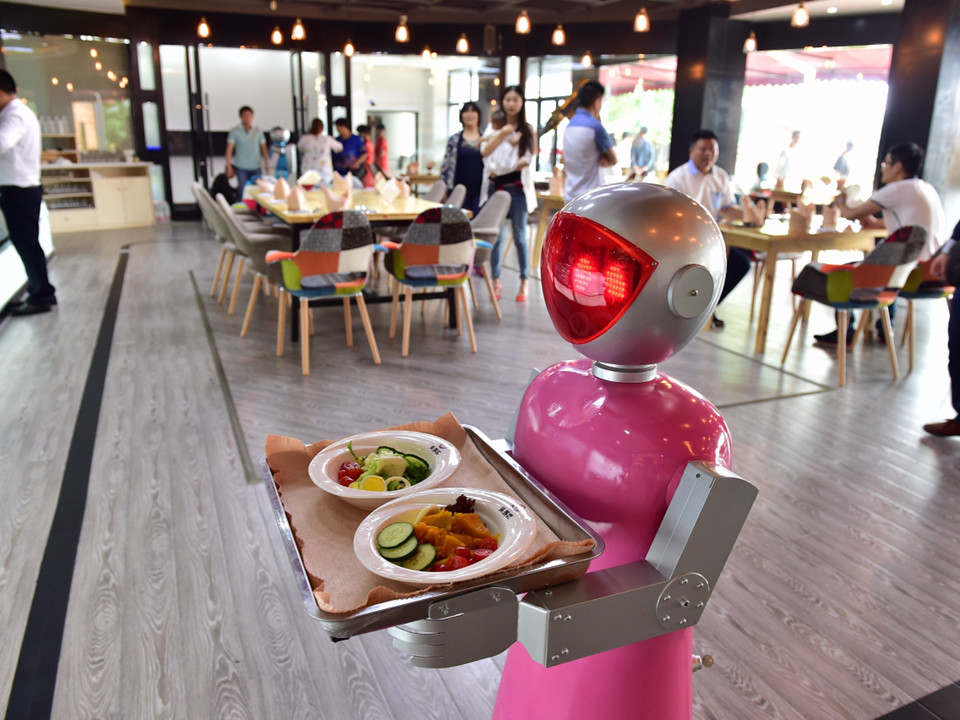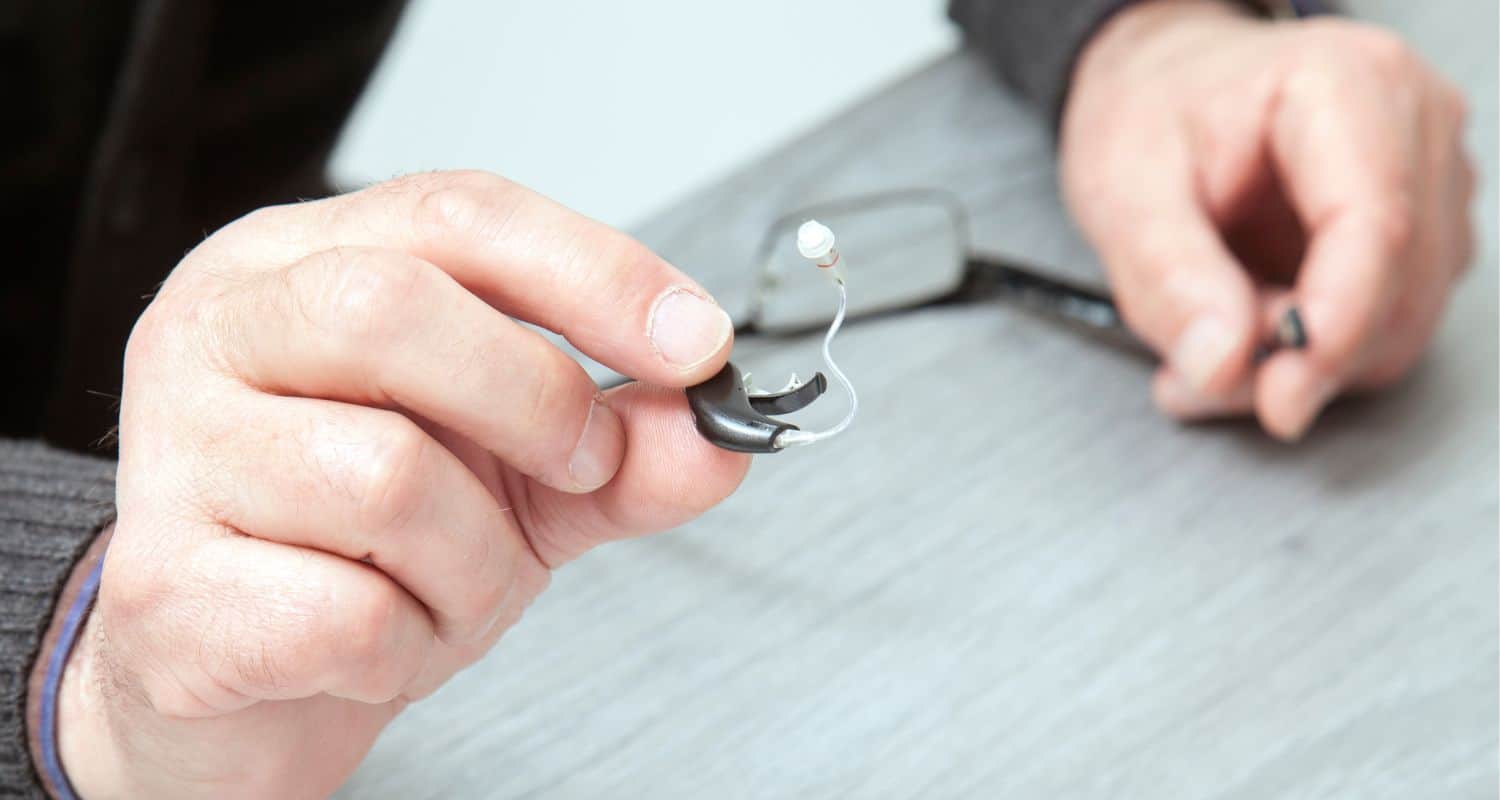As technology advances, the hospitality industry is adapting integrating innovative solutions to improve its customer service efficiency. One such solution is the use of waiter robots. In this article, we will explore the rise of waiter robot in the hospitality industry, their benefits limitations, their impact on the workforce.
Introduction to Waiter Robots
Waiter robots, also known as service robots, are machines designed to perform tasks traditionally carried out by humans in the hospitality industry. These robots are equipped with sensors cameras that enable them to navigate their environment, recognize objects, interact with customers. They are programmed to take orders, serve food drinks, even process payments.
Benefits of Waiter Robots
The adoption of waiter robots offers several benefits to the hospitality industry. Some of these benefits include:
Improved Efficiency
Waiter robots can perform tasks at a much faster pace than humans, which reduces waiting times increases table turnover. This, in turn, increases revenue for restaurants other hospitality businesses.
Reduced Labor Costs
The use of waiter robots eliminates the need for human servers, which can significantly reduce labor costs for hospitality businesses. This is particularly beneficial for small businesses that may not have the resources to hire multiple staff members.
Enhanced Customer Experience
Waiter robots can provide a unique futuristic experience for customers, which can lead to increased customer satisfaction loyalty. They are also less prone to errors, which ensures that orders are accurate consistent.
Improved Safety Hygiene
With the COVID-19 pemic, safety hygiene have become a major concern for the hospitality industry. Waiter robots can help reduce human contact the risk of infection, making them a valuable asset during these challenging times.
Limitations of Waiter Robots
Despite their benefits, waiter robots also have some limitations that need to be considered. These limitations include:
High Initial Investment
The cost of purchasing maintaining waiter robots can be expensive, especially for small businesses. This may limit their adoption use to larger hospitality businesses.
Limited Capabilities
Waiter robots are currently limited in their capabilities can only perform basic tasks such as taking orders serving food drinks. They cannot replace human interaction the personalized touch that human servers provide.

Limited Adaptability
Waiter robots are designed for specific tasks environments, which limits their adaptability. They may not be able to operate in complex environments or adapt to changing situations.
Impact on the Workforce
The adoption of waiter robots may have an impact on the workforce in the hospitality industry. While waiter robots can improve efficiency reduce labor costs, they may also lead to job displacement for human servers. However, the adoption of waiter robots can also lead to the creation of new job opportunities in the areas of robot maintenance programming.
Conclusion
The rise of waiter robots in the hospitality industry is an exciting development that has the potential to revolutionize customer service efficiency. While there are benefits to their adoption, there are also limitations that need to be considered. Waiter robots cannot replace human interaction the personalized touch that human servers provide, but they can complement enhance their capabilities. The adoption of waiter robots should be viewed as a tool to improve the hospitality industry create new opportunities for both businesses employees.




